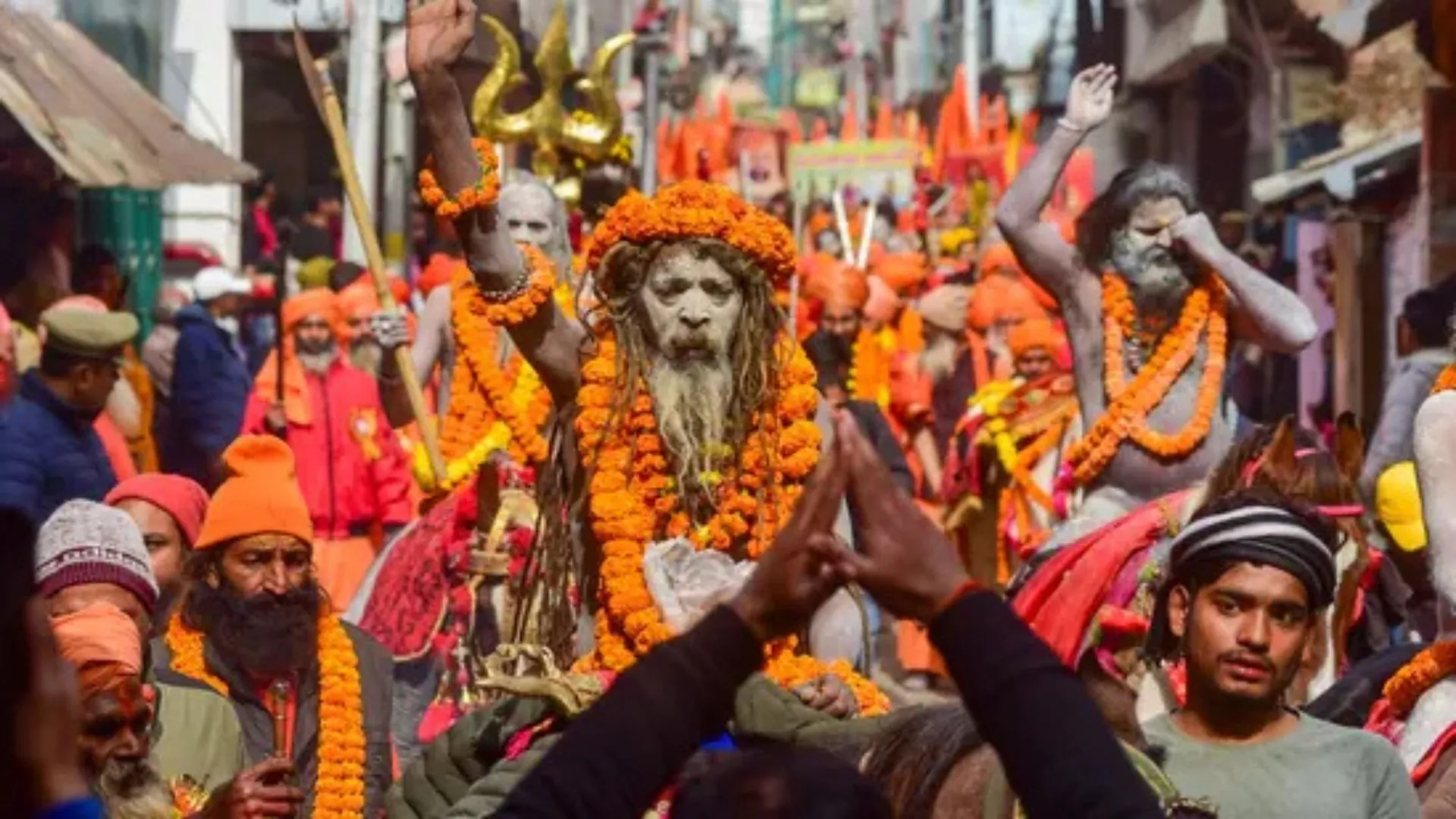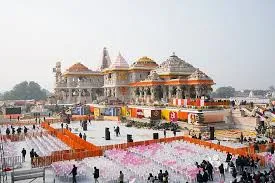Indian philosophical and religious thought can be classified into Brahmanik and Shramanik traditions. Brahmanik tradition traces its origin to the Vedas. Vedas are revealed texts and are inviolable. Sramanik traditions do not believe in the authority of the Vedas. While Brahmanik tradition does not advocate renunciation — tyaga, sanyasa, vairagya, of worldly pleasures; Sramanik tradition favours asceticism for the attainment of emancipation from the misery of the cycle of birth and death — mukti, nirvana, kaivalya.
Buddhism and Jainism belong to the Sramanik tradition. There were many other Sramanik traditions called Aajivkaas which either vanished with the passage of time or, like Sankhya-yoga, merged themselves into the Brahmanik tradition.
The founder of Buddhism, Gautam Buddha (563-483 BC), and the expounder of the present form of Jainism, Mahavira (599-527 BC), though contemporaries who dwelt in the same region, namely Magadha, had never met. By the time Gautam Buddha left his home at the age of twenty-nine, Mahavira was sixty-nine years of age.
Buddhism and Jainism originated and flourished in India almost at the same time under the patronage of powerful emperors of the time. Buddhism enjoyed the patronage of Asoka (third century BC) and Kanishka (first century AD) who spread it across their empire and helped it spread outside India, especially its border states.
Jainism too enjoyed the patronage of Chandragupta Maurya (early fourth century BC), Kharvela (second century BC) and Kumarpala (12th century AD), though they did not proselytise Jainism outside the boundaries of their empires.
However, with the passage of time around 1200 AD, after the advent of Sankaracharya, though Buddhism was completely uprooted from India, it became a world religion. While Jainism flourished in India, till about the past few decades, it remained confined to India. The primary reason for the opposite fates of Jainism and Buddhism was the nature of their inherent doctrines.
The primary reason for the uproot of Buddhism from India was that it did not prescribe any code of conduct for the layman. In it there is a detailed code of conduct for the bhikhus and bhikhunnis residing in the Buddha Viharas, but there are no prescribed rules and regulations of conduct for the laity.
Buddhism preached the abandonment of the extremes, and adoption of the middle path. It recommended moderation in the moral conduct, flexibility in the food habits and management of day-to-day affairs of the bhikkhus (monks) and bhikhunis (nuns), thus allowing them to be adaptable to the alien ways of life and religions.
Jain monks and sadhavis, on the other hand, had to strictly follow the Mahavratas (vows). In practising the mahavratas, the monks had to follow the rules of conduct originally prescribed for them in the Agama granthas without any exception or laxity. Right conduct for Jainas “is to adopt the rules of discipline prescribed in the Jaina agmas”. It is difficult for an outsider to grasp, much less follow, this extreme adherence to the vows by the Jainas. That is why “Hinduism with its unusually powerful capacity for absorption of alien religious traditions could not assimilate it”.
Because of this extreme adherence to the vows, Jaina munis and sadhavis could not travel abroad to spread Jainism, or interact with the followers of other religions. Unlike Buddhism they could not modify the code of conduct and change their lifestyle to embrace the alien form of life.
Above all Jainism did not become a world religion because Jainas do not believe in proselytisation. Their doctrine of Anekantvada makes them realise that the other religions may be true in certain aspects, therefore we ought not condemn them as totally false. They firmly believe that the views, ideologies and faiths of others ought to be respected. Mahavira says in Sutrakritanga (1.1.2.23), “Those who praise their own faith or ideology and blame that of their opponents and thus distort the truth, will be kept confined in the cycle of birth and death.”
The writer is a former Professor of Philosophy, University of Delhi.























